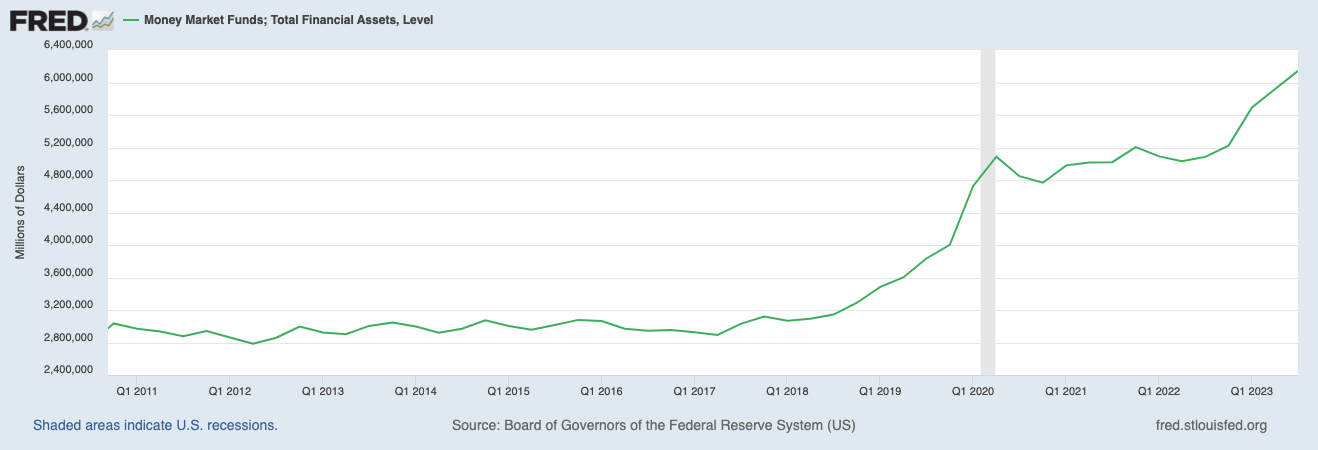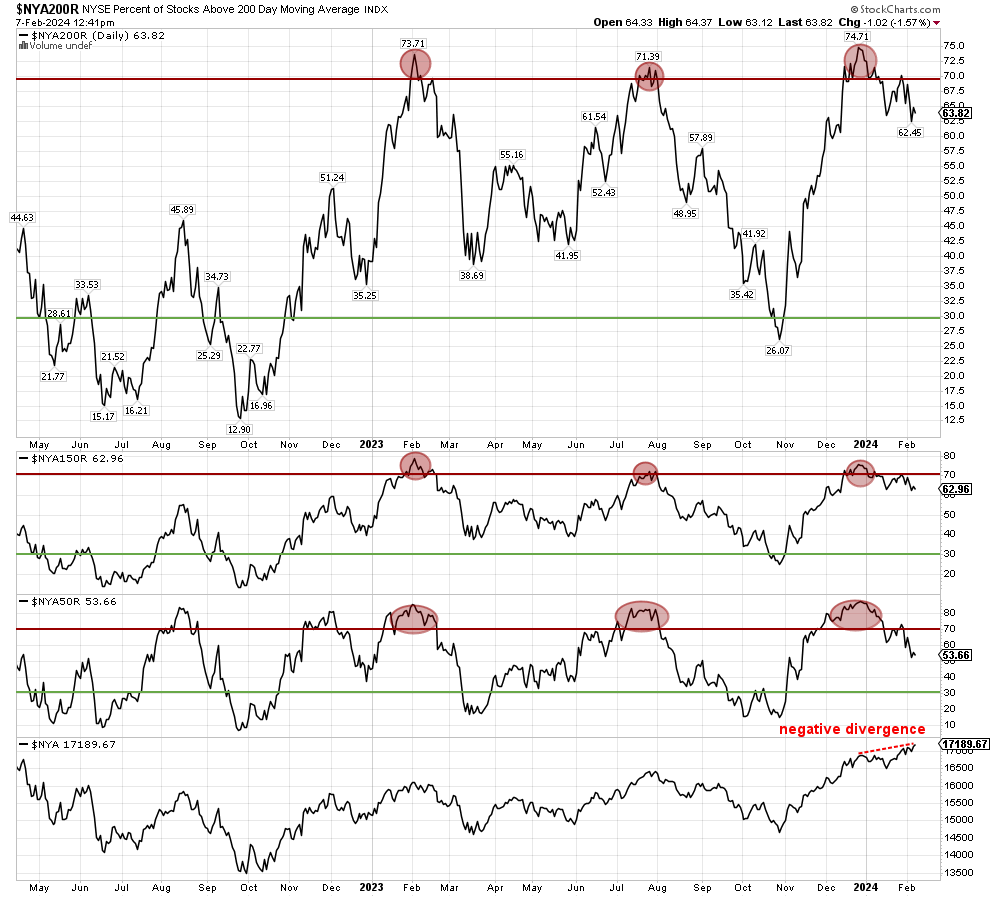Related Blogs
February 7, 2024 | Avalon Team
For the better part of the last two years, market analysts have been pointing to the inverted yield curve and the implication of a likely recession.
After being deeply negative, the overall yield curve appears to be in the process of de-inverting.
In my view, the steepening of the yield curve is one of the most compelling macro trades of the next 6-12 months.
Using the 2 vs. 10-year yield spread as a proxy, past instances of yield curve steepening have witnessed abrupt changes exceeding 300 basis points from the bottom to the trough.

Today, we are experiencing the lengthiest period in history where the percentage of yield curve inversions in the U.S. Treasury market has remained consistently above the recessionary threshold of 70% for a continuous 15 months.
2yr vs. 10yr went inverted in July 2022, the longest stretch of inversion since the 80s!
Part of the reason is that Janet Yellen is financing the USA on the front end to an absurd degree and distorting this picture.
In other words, so much U.S. Treasury debt issuance coming from 2 years or less, pumping up the front-end yields, has led to an extended inversion.
As former Pimco CIO, Bill Gross simply puts it: “Finance-based capitalism depends on a positive yield curve. If negative, the curve makes it easier to get a higher return for less risk which is destructive to the economy, because investors logically reduce risk under these circumstances. The U.S. curve has been negative for 18 months now and in certain parts the 6-month/18-month curve is as negative as ever in the past 50 years!
All one has to do is look at the amount of money that has found its way into money market funds over the past few years, now totaling $6.1T.

If the steepening of the curve plays out as normal, then investors can expect short-term rates to eventually fall while longer rates rise.
What could impact this is the increasing need to finance the swelling deficit.
With Fed Chairman Powell indicating a “higher for longer” tone, Yellen may continue to keep funding at the short end, hoping to wait for lower rates to lock into longer-term maturities.
Given the number of bonds that will need to be sold, the concern remains that, as bond dealers experienced in the past two auctions, long-term yields could rise for no reason other than the challenge of the market to absorb an increasing supply.
Regardless, I expect bond volatility to increase and this will likely have some impact on equities as the year unfolds.
Speaking of equities, equity indexes continue to surge to new all-time highs, but the evidence suggests that each move higher is with fewer stocks participating.

The equal-weight S&P 500 remains flat with the SPY and QQQ doing better, but nothing compares to the performance of stocks like NVIDIA and Meta Platforms.
Now that the “Magnificent 7” has been reduced to the “Magnificent 6” (given Tesla’s recent poor performance), the market leadership is increasingly narrowing.
Nothing shows this more dramatically than the industry curve where the number of bullish industries has dropped from 43 bullish sectors at the beginning of January to just 18 bullish industries today.
The Industry Curve on January 2

The Industry Curve Today

Such narrowing leadership should be viewed with some concern as the indices are diverging sharply from the underlying stock market.
This can also be seen when looking at the number of stocks above their 200-day moving average, as well as the 150-day and 50-day moving averages.

In each instance, an increasing number of stocks are falling below the respective moving averages, which again, suggests an increasingly negative, underlying tone.
Almost always, the popular market averages will follow the direction of the underlying market internals, don’t let the excitement over new market highs fool you.
If you’re thinking about hiring a financial advisor to navigate the ever-changing markets, schedule a free consultation with one of our experienced team members. There’s no risk in exploring if we’re the right fit for your financial goals. Contact us today.
If you have any questions or have been considering hiring an advisor, then schedule a free consultation with one of our advisors today. There’s no risk or obligation—let's just talk.
Tags

Free Guide: How to Find the Best Advisor for You
Get our absolutely free guide that covers different types of advisory services you'll encounter, differences between RIAs and broker-dealers, questions you’ll want to ask when interviewing advisors, and data any good financial advisor should know about you and your portfolio.

